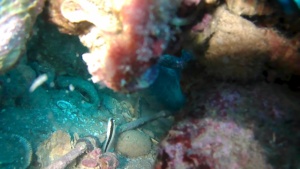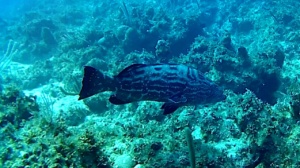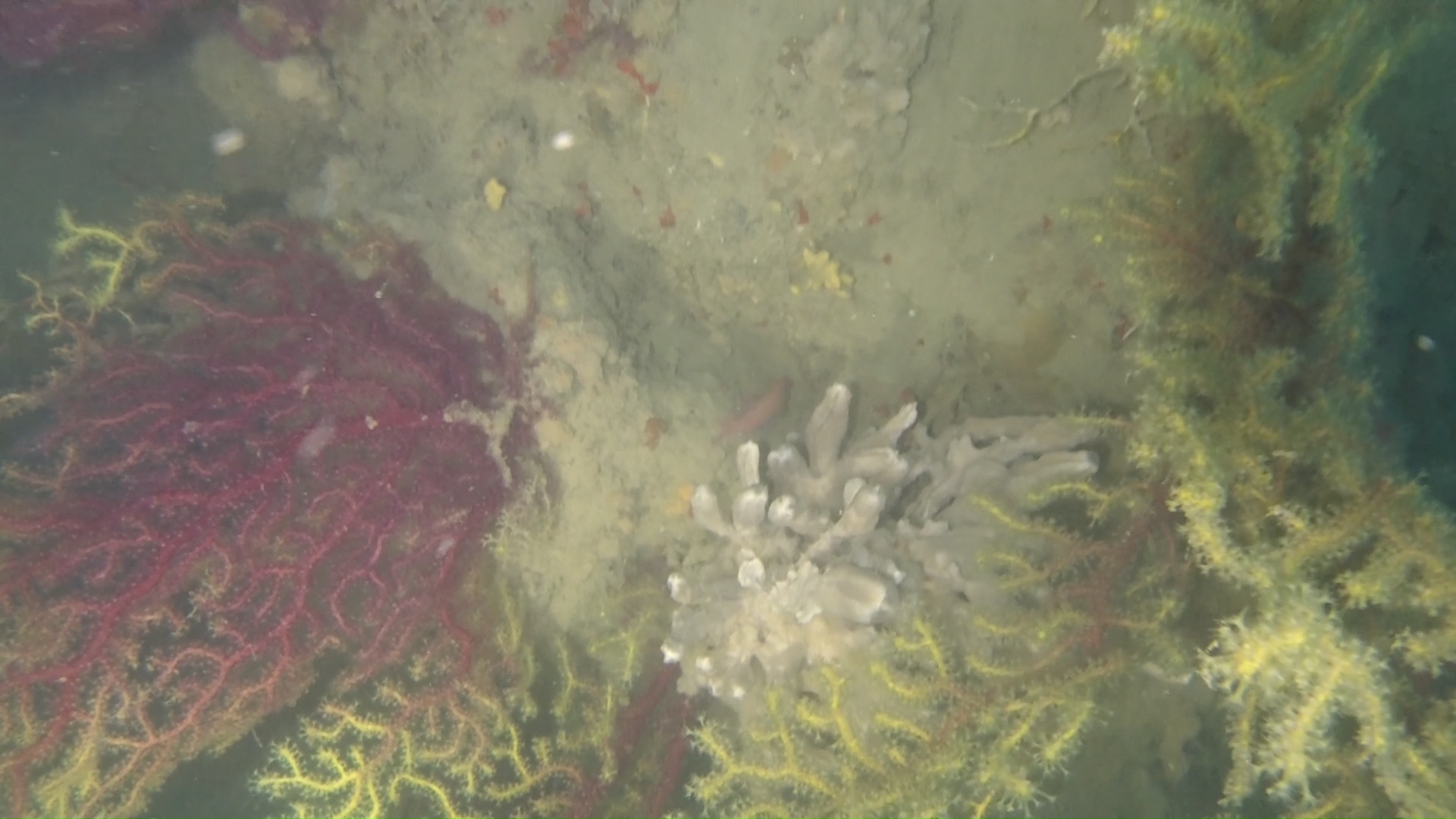 In this movie we see a particular color Pearl gray spongeresumption at a depth of more than 80 meters. Spongia Porifera Spugna intotheblue.it
In this movie we see a particular color Pearl gray spongeresumption at a depth of more than 80 meters. Spongia Porifera Spugna intotheblue.it
Sponges, the members of the phylum Porifera, are the sister of the ParaHoxozoa or Epitheliozoa with which they form a basal animal clade, the Parazoa. The other basal animal clade are the Ctenophora. They are multicellular parazoan organisms that have bodies full of pores and channels allowing water to circulate through them, consisting of jelly-like mesohyl sandwiched between two thin layers of cells.
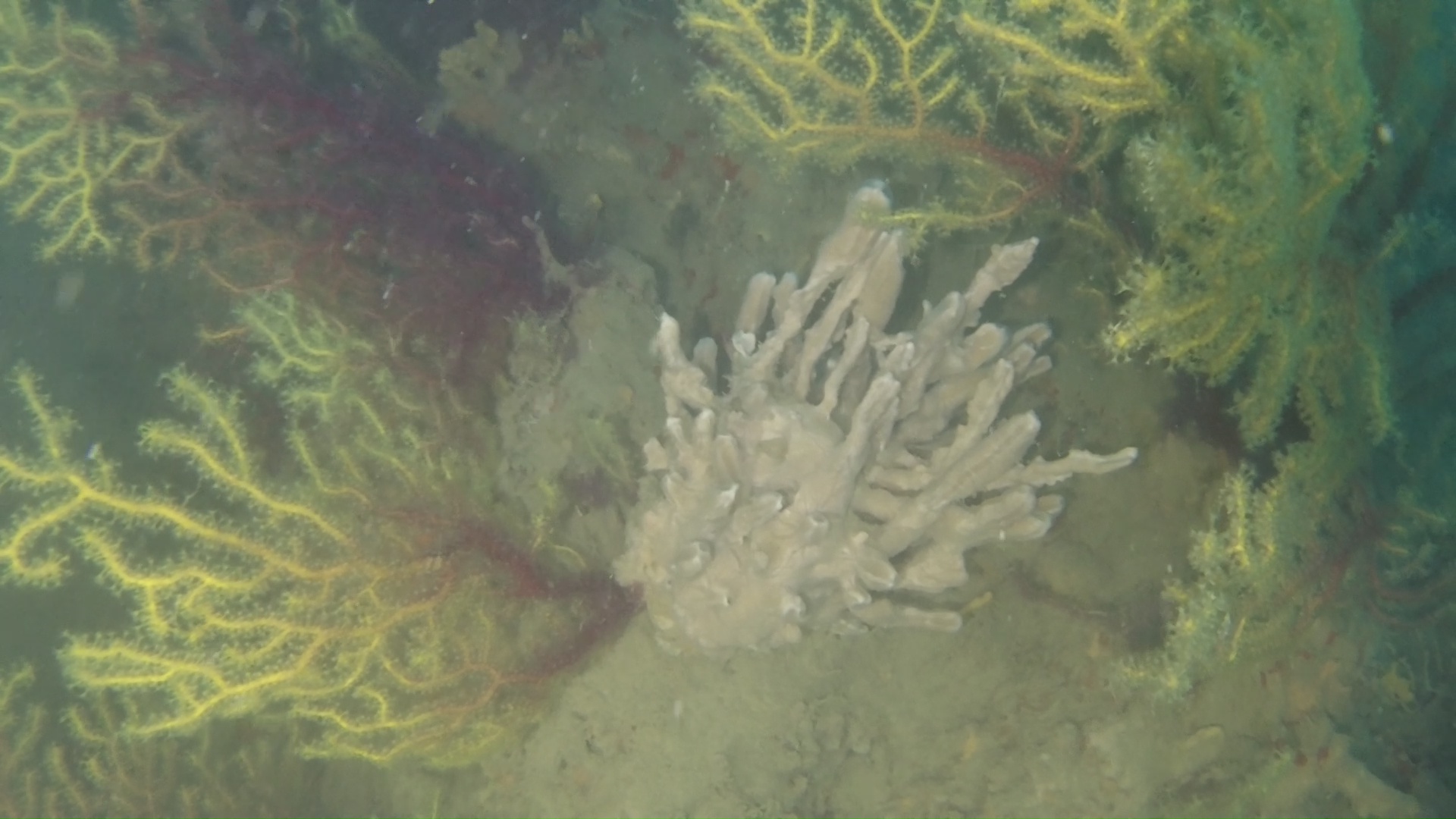
Sponges have unspecialized cells that can transform into other types and that often migrate between the main cell layers and the mesohyl in the process. Sponges do not have nervous, digestive or circolatory system. Instead, most rely on maintaining a constant water flow through their bodies to obtain food and oxygen and to remove wastes.
(extract from Wikipedia) 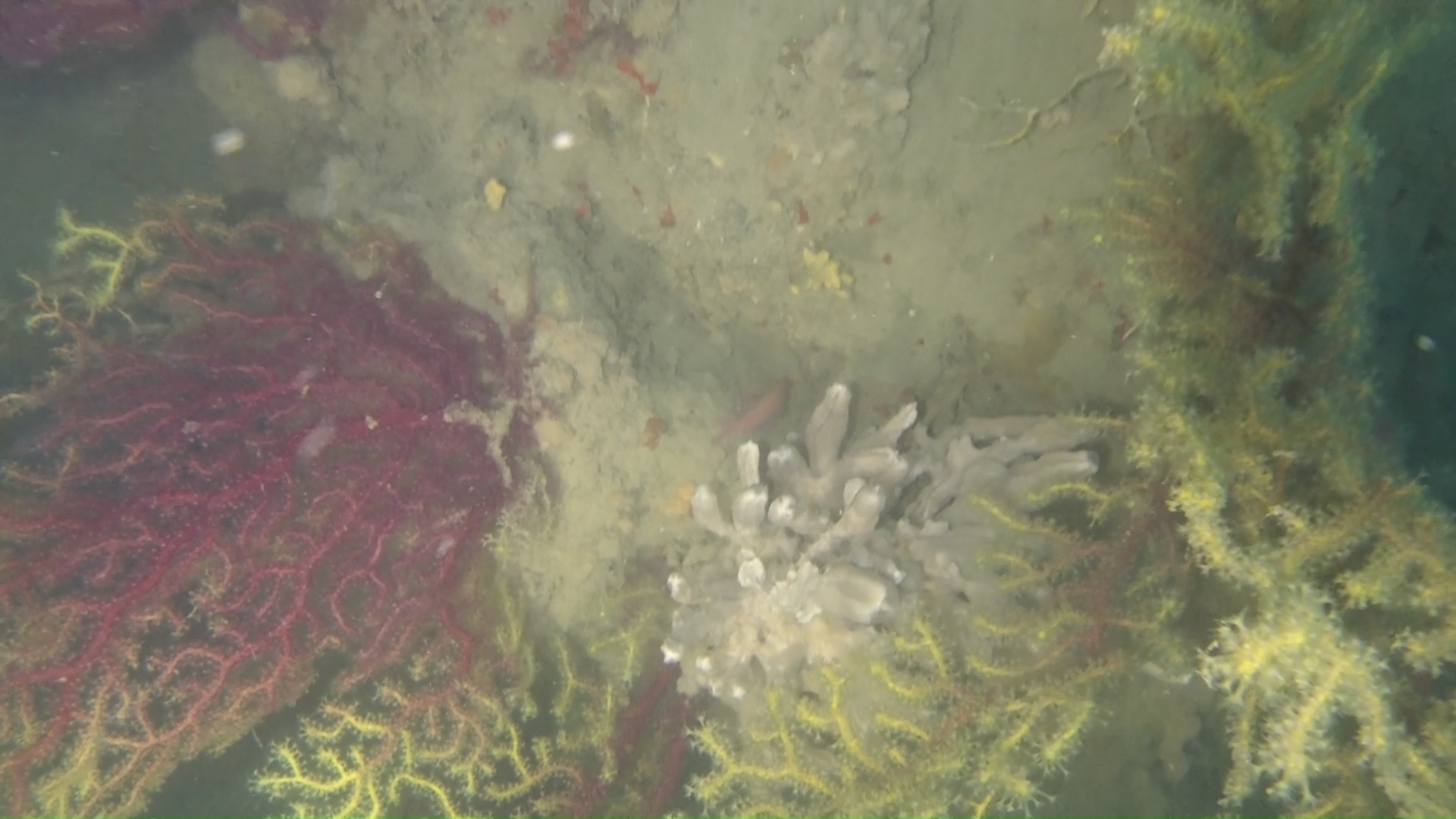
Sponges, contrary to what one might think at first sight, are very simple multicellular animal organisms very similar in shape and appearance to plant organisms. There are no apparatus in the sponges and there is no trace of a nervous system.
Spongia officinalis, better known as bath sponge, is a commercially used sea sponge. It is found throughout the Mediterranean Sea. Belongs Demospongiae class, Spongiidae family.
It is a hermaphroditic animal and can reproduce asexually by means of budding or through sexual reproduction. When alive, its color is dark grey; upon drying it becomes either yellow or brown. Young larvae swim freely until they attach themselves to the sea floor or other adequate ground. After that, they start growing slowly, as it may take as much as 40 years to grow the size of a baseball. The bath sponge is found in the Mediterranean Sea and the Caribbean Sea.
Once very widespread in the Mediterranean has become rare due to intense commercial exploitation. Industrial fishing was done by divers who took large quantities of sponges that were put on the market after undergoing a treatment that included maceration until the black skin disappeared, sun drying and subsequent bleaching with chlorinated water. Furthermore, there have been several epidemics that have decimated the natural sponge populations. It is a protected species and fishing is prohibited. Spongia Porifera Spugna intotheblue.it
 English
English Italiano
Italiano
